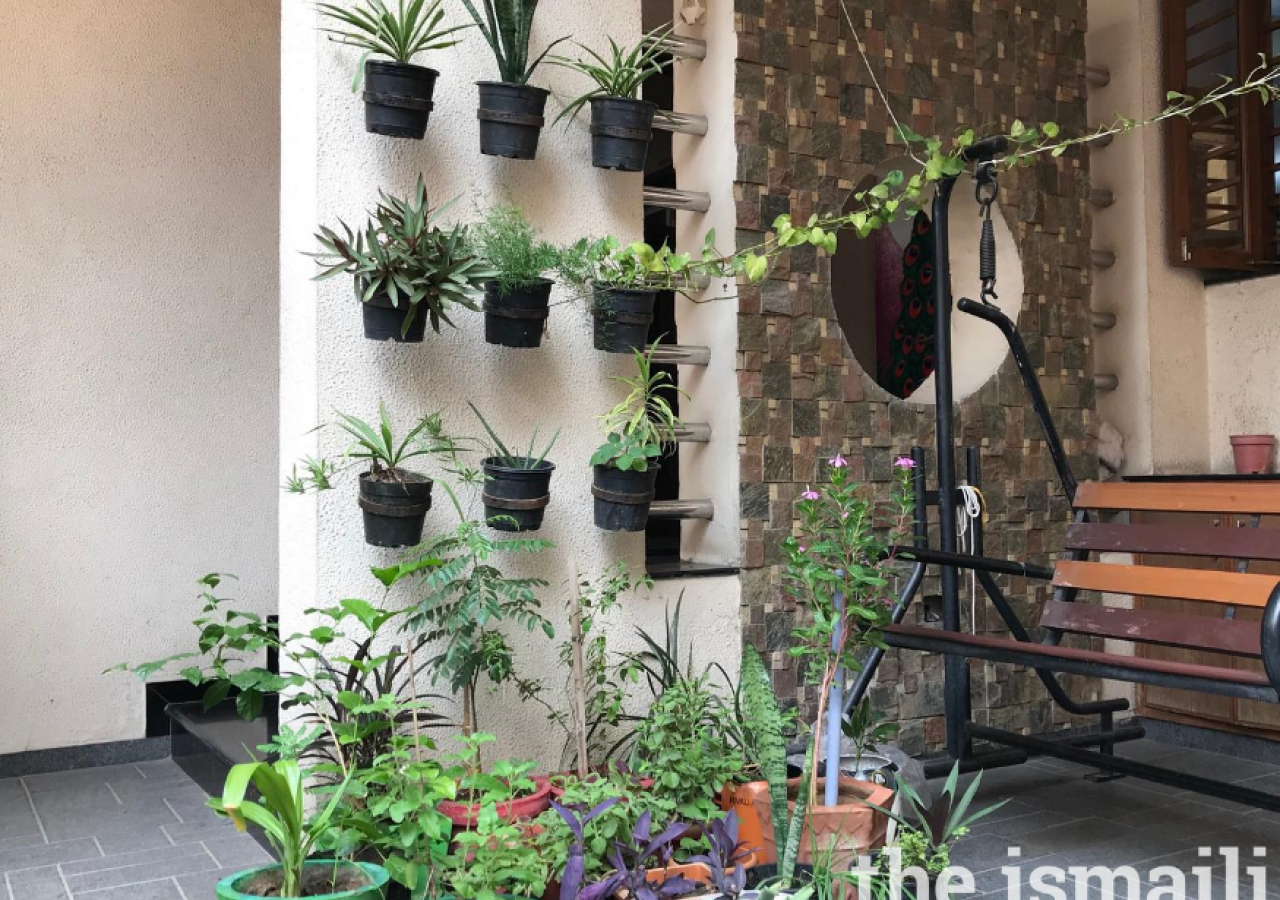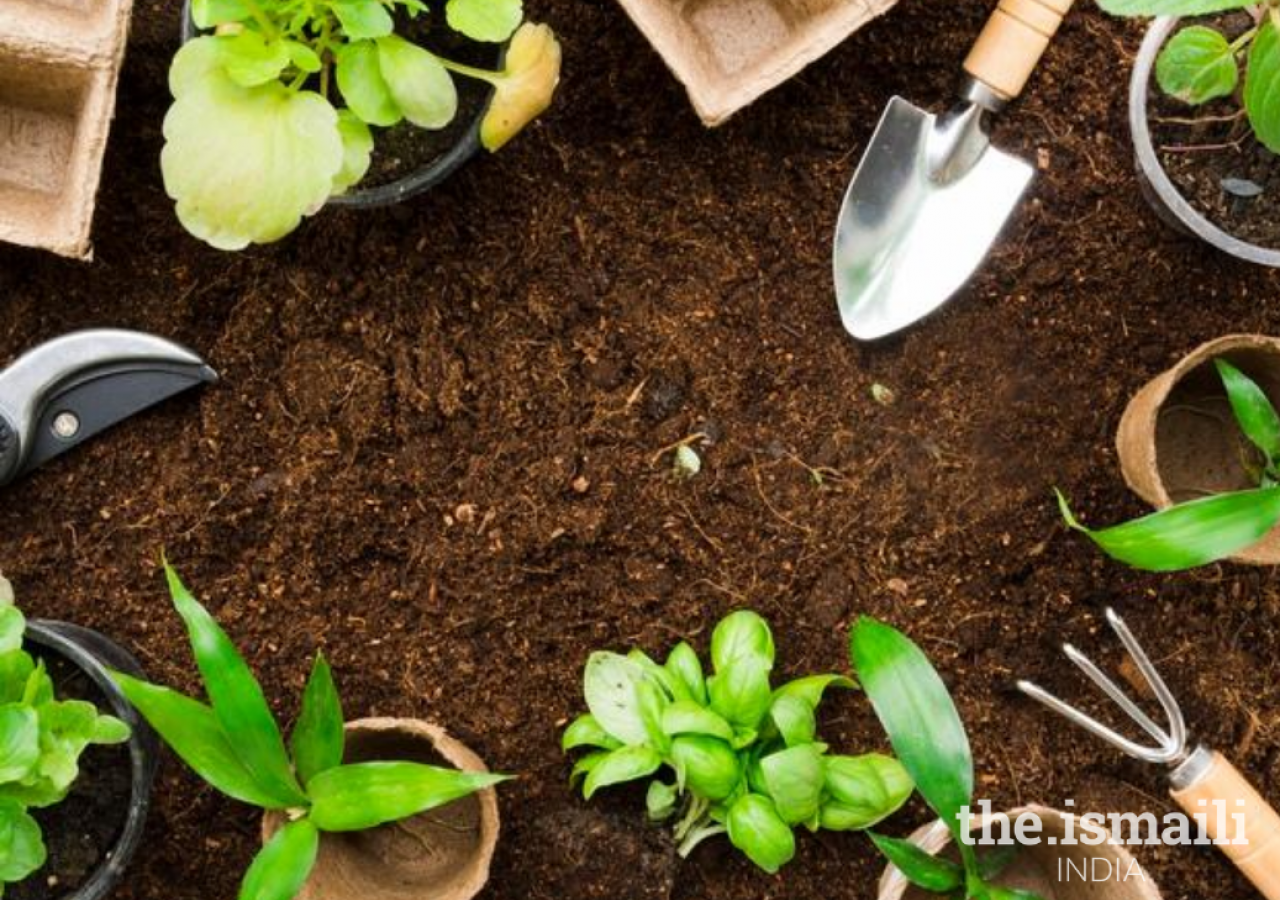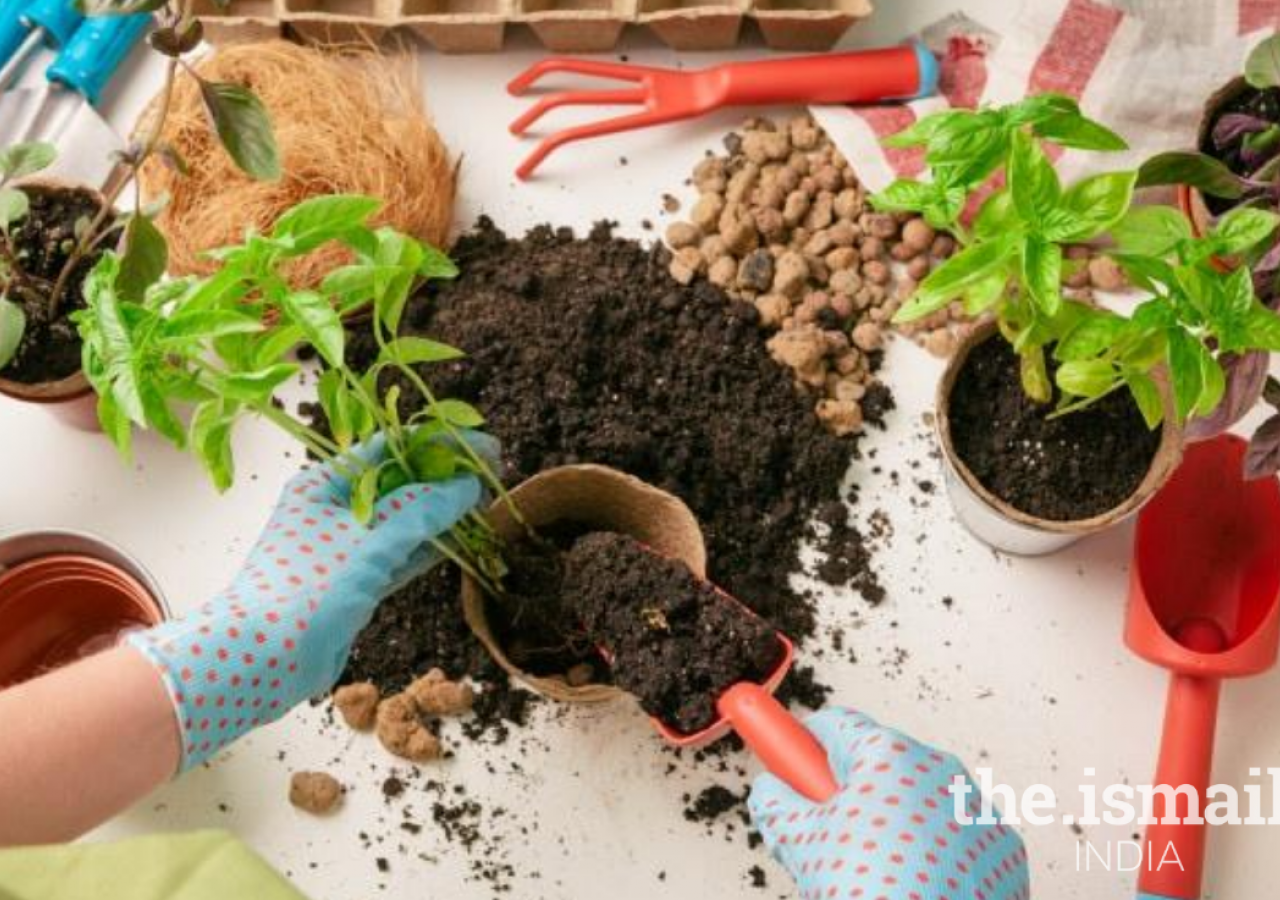An Engineer by profession and a nature lover at heart, Sahil has been growing different kinds of plants at his house for a long time. Initially, he struggled with the challenge of space, but then discovered a solution by creating a vertical garden on his front wall. This mini-forest, is now home to 25 plants, and a source of greenery, solitude and oxygen! Want to build your own garden of solitude? Here are some plants that can help you to get started
1. Snake plant: Contrary to their name, snake plants are beneficial as they clear the air and remove toxins. Named after the texture of their leaves, these plants can be placed in a space which receives indirect sunlight. They need to be watered on alternate days. Put them in a pot tall enough for their roots to expand well. Add fertilizer, soil and granules. Within a month you will see baby leaves coming out.
2. Aloe vera plant: Fancy some home-made face masks? Aloe-vera is “green gold” and is popular as a universal panacea. This is a low maintenance plant that can grow without fertiliser and can thrive in temperatures as high as 25-30 degrees Celsius. Being a succulent plant, aloe vera grows best in dry conditions. However, extreme direct heat to the plant can cause sunburn and destroy it. Aloe vera has anti-inflammatory, anti-aging and wound healing properties. Aloe vera juice improves digestion and helps with healthy skin. This plant can be grown indoors as well as outdoors.
To bring home some of this “green gold”, take a container, make holes at the bottom and put a paper cloth and pour sand and soil on it. At the beginning, add gravelly and sandy soil which dries quickly. For making cactus soil, add dry leaves which become fertilizer for the plant. It can be grown by cutting the leaves and directly placing them in the soil.
3. Money plant: Named after its flat and round leaves, that resemble coins, the money plant is a popular feature of most indoor gardens. It controls indoor pollution and is also believed to help with stress and anxiety relief and sleep disorders. Place a money plant in your bedroom or the living room. It can be grown indoors and outdoors. Money plants can thrive indoors in any season but should be kept near a window for at least 2-3 hours in direct or indirect sunlight.
To get started, borrow 2-3 leaves from a mature plant but make sure to cut them slightly before the node of the mature plant at a 45 degree angle and then put them in a glass bottle with water. Change the water every week and once the roots start to develop, you can transfer the plant to a medium sized pot with drainage soil and sand along with cocopeat (made from coconut fibre).
4. Barley grass: Barley grass is the leafy portion of the barley plant that remains after the seeds have been removed. Drinking its juice early in the morning is known to be beneficial. It enhances immunity, strength and endurance and is a powerful antioxidant. It also aids in weight loss, improves skin health, reduces acidity and improves bone health. It can be grown indoors and outdoors but must be kept away from direct sunlight.
Barley grass can be grown in any soil and in any pot. Sprinkle the seeds of barley in the soil with enough space between them. Water gently to moisten the soil but don’t overwater it. Within a week you will see vertical grass growing around 5-6 inches tall and once you start to see the white end of the grass you can cut it from there and use it.
5. Tulsi: Also known as Holy Basil, Tulsi is a sacred plant for the Hindus and is often used for its medicinal properties. Tulsi requires a warm temperature of around 25-30 degree Celsius to germinate. It needs approximately 6-8 hours of indirect sunlight a day and hence can be planted outdoors. It acts as a detoxifying, cleansing and purifying agent. Among its medicinal properties, it also helps with digestion and eliminates the risk of developing kidney stones. Adding few leaves of Tulsi either in a copper or sand pot with water, overnight, is said to purify the water, to help boost immunity.
Tulsi can be grown from seeds or by cutting a stem from a mature plant. Take a pot with soil and add water to make the soil wet but don’t make it soggy. Sprinkle the seeds randomly and add water and wait for 1-2 weeks for them to germinate. While the seeds begin to grow, sprinkle water gently because the roots are not strong enough.
6. Mint (Pudina): Mint plants have a pleasant fragrance and are easy to grow. They can be sourced easily by using the stem from the phudina available with your local bhaji-walla. Mint leaves are good for eye health. They provide relief from cold and flu symptoms, help with indigestion and weight loss. Drinking mint tea clears throat and nose congestion and helps to de-toxify the blood. Initially for the roots to become mature it can be grown inside and then moved outside the house in a place that gets indirect sunlight.
Want to bring home the freshness of mint? Simply cut the leaves, join all stems together to make a bunch and then cut approx. 1 inch from the bottom of the stem and tie it with a thread. Then place it in a vessel containing water. Clean the water every 2 days and within a week you will notice the roots and new leaves. While transferring it to the soil, use a wide container because the roots of the mint plant grow horizontally and need enough space. Pour the fertilizer along with water to moisten the soil and keep it out of direct sunlight.
Ready to get started? Bring home the goodness of green!










